Optimal Timing for House Slab Construction

Dry seasons provide optimal conditions for slab construction due to minimal moisture interference.
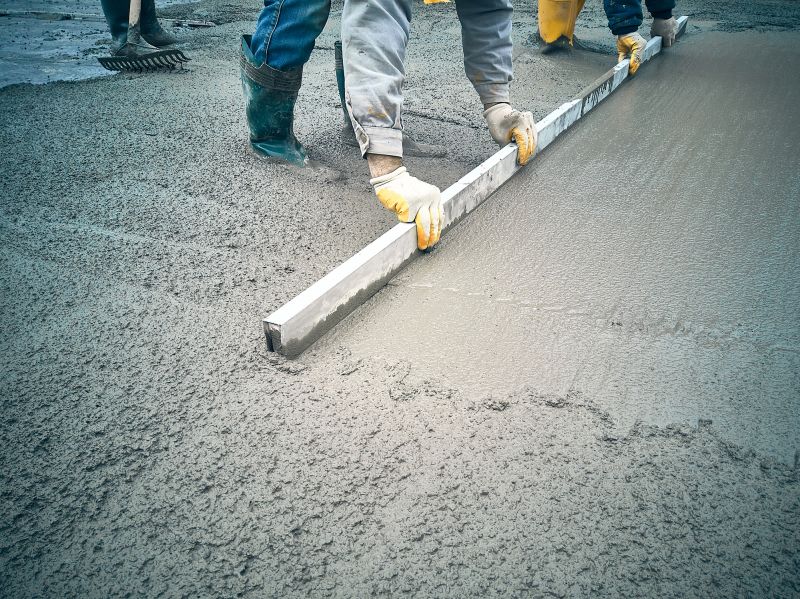
Moderate temperatures help concrete cure properly, reducing the risk of cracks and structural issues.
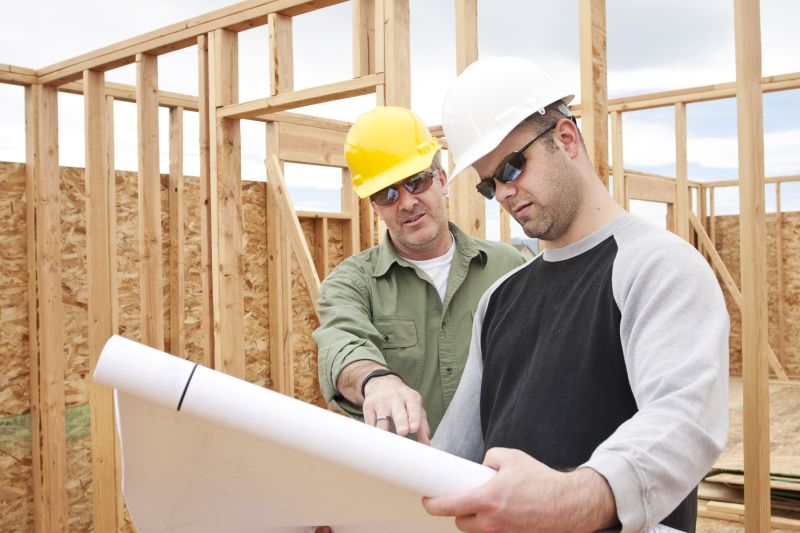
Planning construction during favorable weather minimizes delays and ensures quality work.
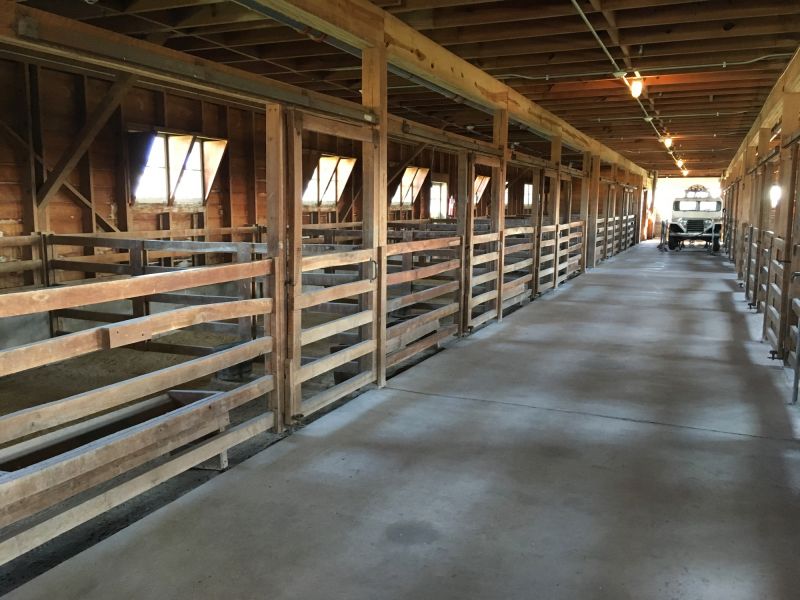
Ways to make House Slab Constructions work in tight or awkward layouts.
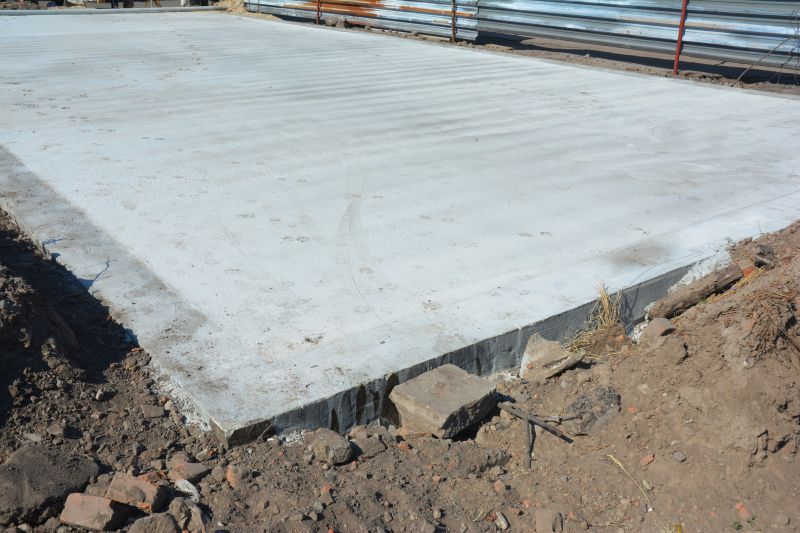
Popular materials for House Slab Constructions and why they hold up over time.

Simple add-ons that improve House Slab Constructions without blowing the budget.
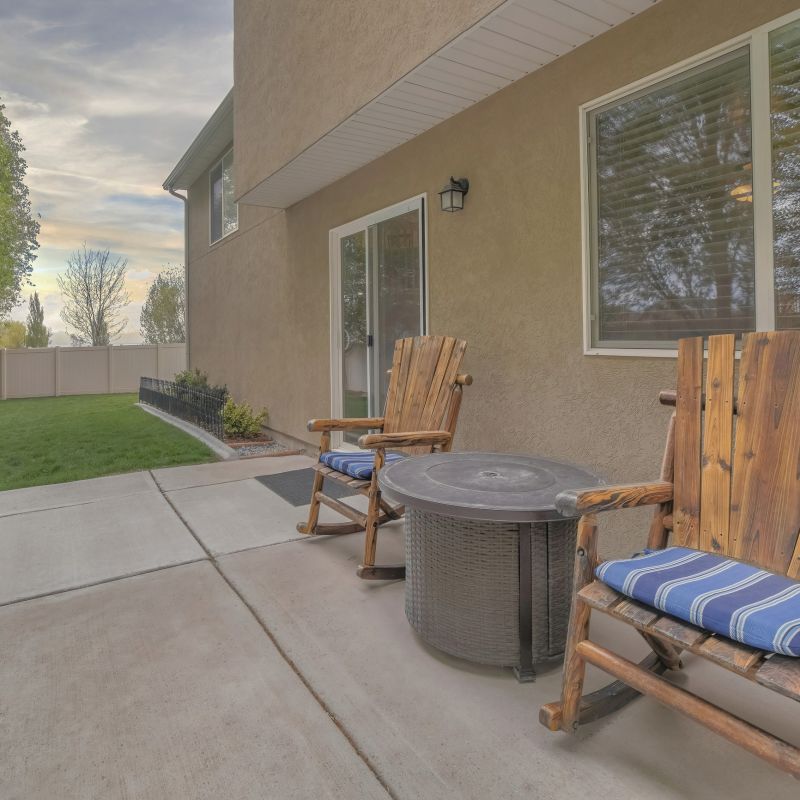
High-end options that actually feel worth it for House Slab Constructions.
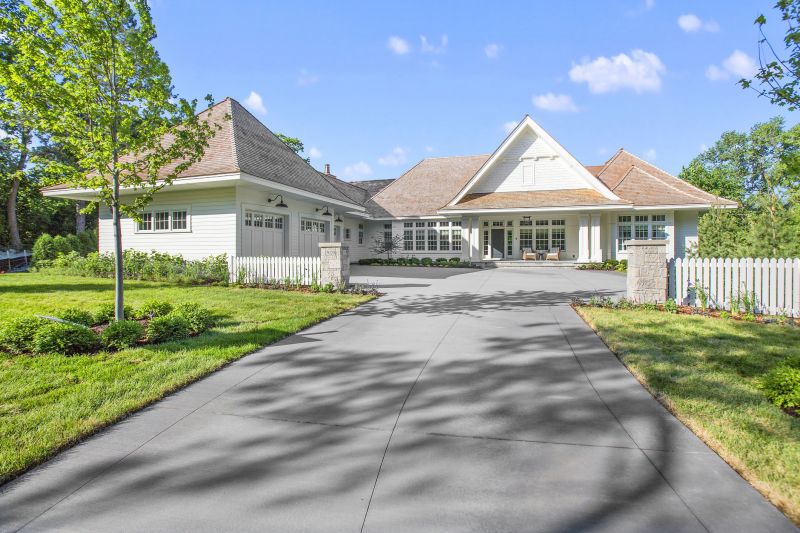
Finishes and colors that play nicely with House Slab Constructions.
House slab constructions are a fundamental part of building foundations, providing stability and support for the entire structure. The process involves pouring concrete into a prepared site, often reinforced with steel, to create a sturdy base. Proper timing ensures the concrete cures effectively, preventing issues such as cracking or uneven settling. Typically, construction professionals recommend scheduling slab work during dry, moderate weather conditions to optimize curing and reduce weather-related complications.
Weather significantly influences the quality and durability of house slabs, with dry and moderate temperatures being ideal.
Many construction projects prefer spring and early summer for slab work, avoiding winter cold and heavy rains.
Soil moisture levels affect slab stability; scheduling after dry spells ensures better foundation integrity.
Proper site preparation and weather assessment are essential before beginning slab pouring.

A worker pours concrete into the prepared foundation, ensuring even distribution.

Formwork shapes the slab and supports the concrete during curing.

Steel reinforcement bars are placed to enhance slab strength.

Proper curing methods are applied to ensure optimal concrete strength development.
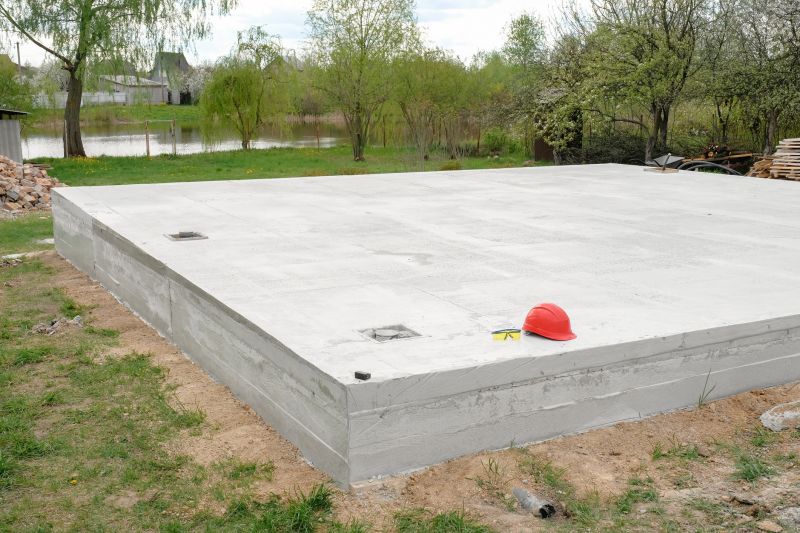
Construction teams monitor weather conditions to avoid delays or issues.
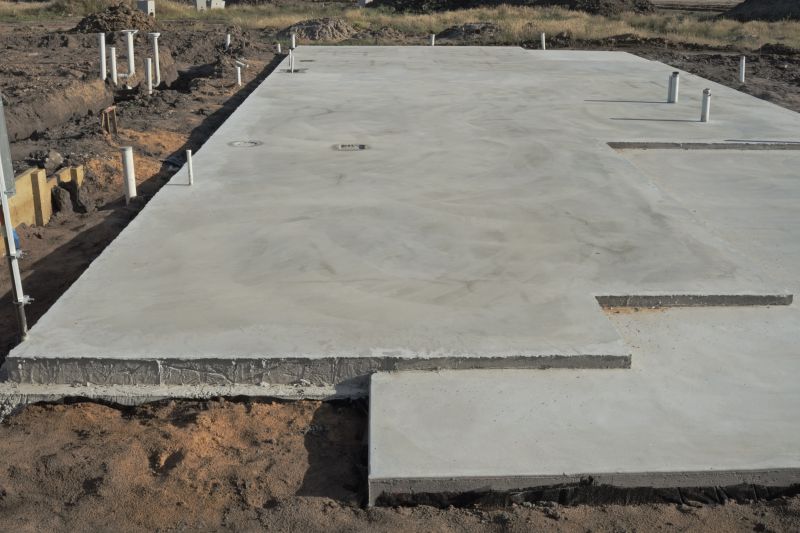
The site is cleared and prepared to facilitate smooth slab installation.

The completed concrete slab ready for further construction phases.

Heavy machinery used for pouring and leveling concrete.
| Factor | Optimal Timing for House Slab Constructions |
|---|---|
| Weather Conditions | Dry, moderate temperatures are preferred |
| Season | Spring and early summer are ideal |
| Soil Moisture | Low soil moisture levels support better foundation stability |
| Temperature Range | Between 10°C and 25°C for optimal curing |
| Rainfall | Minimal rainfall during pouring and curing phases |
| Construction Schedule | Align with periods of predictable weather |
| Preparation Time | Allow sufficient time for site preparation before slab work |
Choosing the right time for house slab construction is crucial for ensuring foundation quality and longevity. Weather patterns, soil conditions, and seasonal factors all play a role in determining the best period for pouring and curing concrete. Proper planning and scheduling during favorable weather conditions can lead to smoother construction processes and durable results.

Optimal weather conditions ensure proper curing and slab strength.

Dry conditions facilitate effective site clearing and groundwork.

Weather monitoring helps prevent delays and quality issues.

Ensures durability and structural integrity over time.
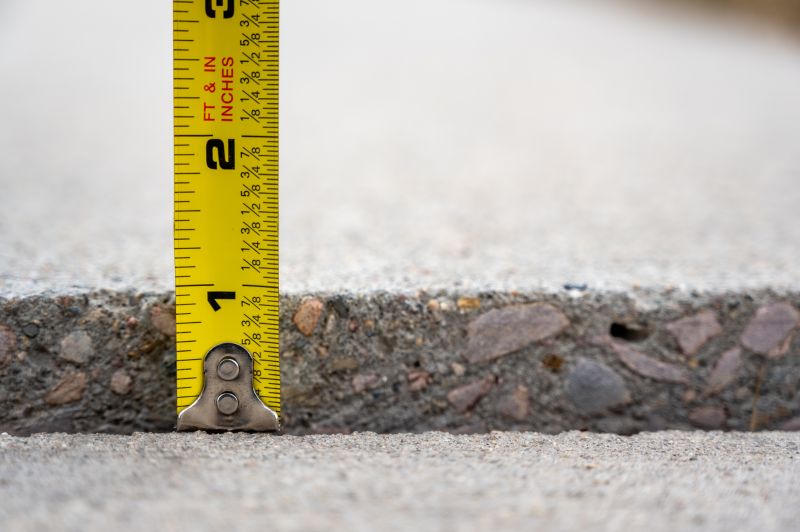
Little measurements that prevent headaches on House Slab Constructions day.

A 60-second routine that keeps House Slab Constructions looking new.
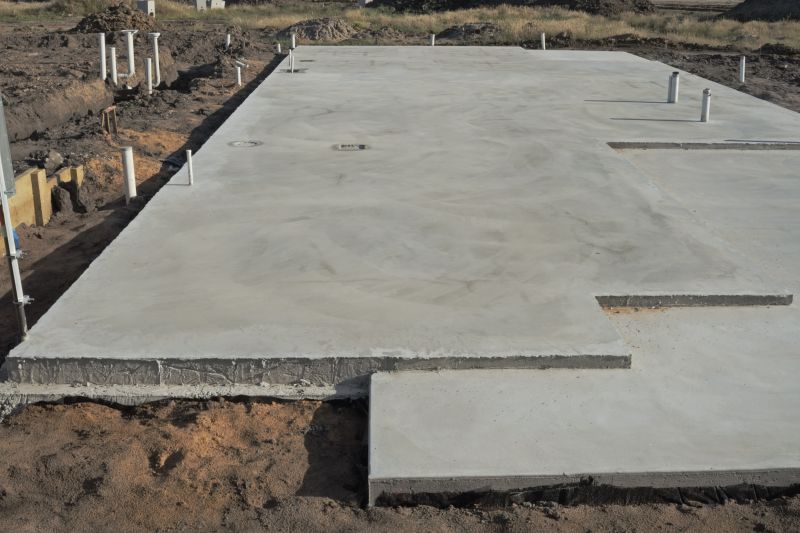
A frequent mistake in House Slab Constructions and how to dodge it.
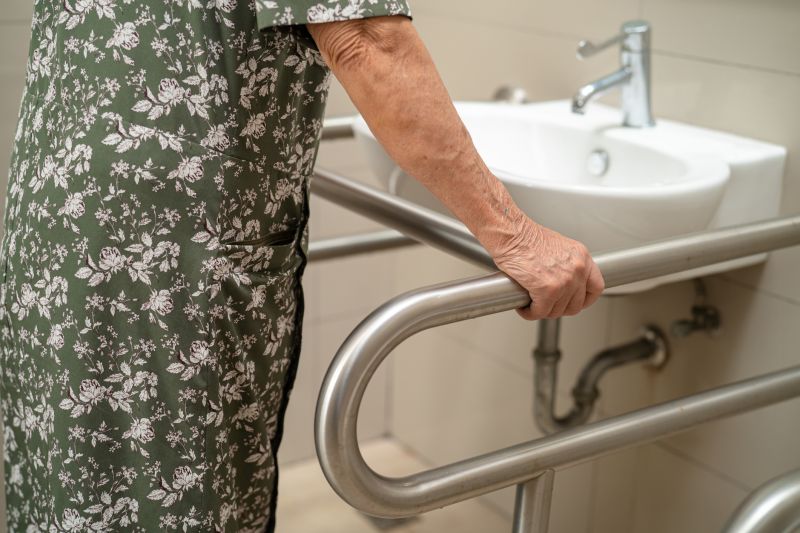
Small tweaks to make House Slab Constructions safer and easier to use.
Interested in house slab constructions? Filling out the contact form can provide more tailored information and scheduling options based on specific project needs.
